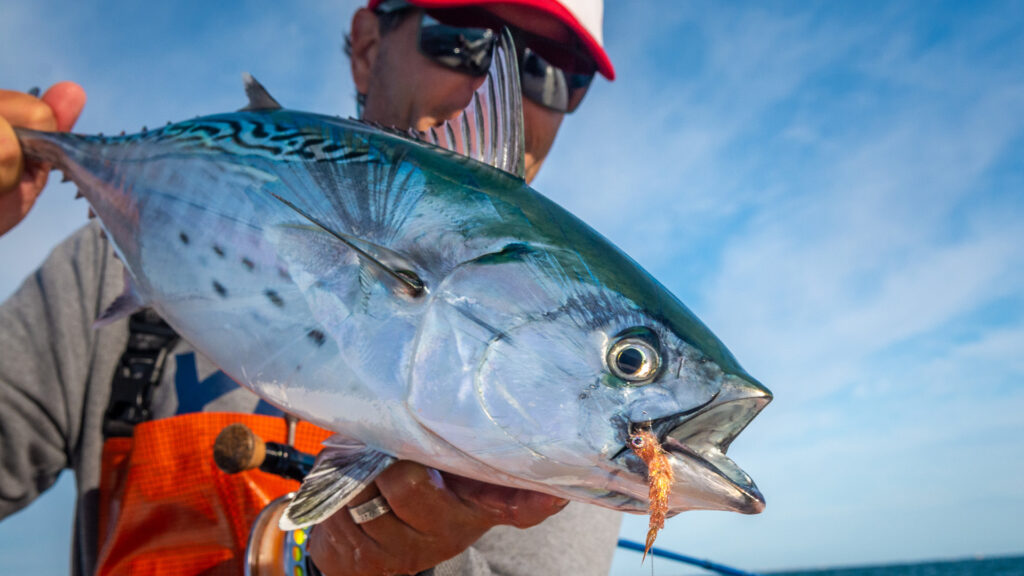The next time you fish, take a look around, in the parking lot or on the water. You’ll no doubt see a few men and maybe a woman or two. But rarely will you see a youngster.
Fly fishing, without a doubt, is getting gray behind the ears, which begs the question: When this generation passes, who will replace them?
Many non-profits protect the water and resources, but will there be anyone to enjoy what’s left? Thanks to The Mayfly Project another generation will be ready to enjoy their time on the water. They just don’t take kids fishing. They take kids who need to fish. Kids who need direction and stability.
Foster kids.
TFO blog editor Mike Hodge reached out to Mayfly founder Jess Westbrook and co-founder Kaitlin Barnhart to chat about The Mayfly Project. Both are passionate about their mission. Below are excerpts of last week’s phone interview.
TFO: Obvious question: When did The Mayfly Project start?
KB: “2015, in Arkansas. That’s when Jess started The Mayfly Project. I joined forces with Jess in 2016, when we decided to create a national program together. When we met, I think we talked for about for two hours, what our ideas were, what we were both doing. We had a lot of conversations since I’m in Idaho and he’s in Arkansas.”
TFO: What was the general catalyst for the idea and the mission?
KB: “For me, it was mental health for kids. I have a background in mental health working with foster kids. I used fly fishing to help them cope. I knew it would help with their mental health.”
JW: “The idea for me came from having a lot of anxiety. I had fly fished all of my life. It wasn’t until I used fly fishing to help with my anxiety when one day at church we had someone talk about foster children. I knew I wanted to give back. Once I heard that (in church) about foster kids, I knew that’s how I wanted to give back.”
TFO: Can you elaborate on The Mayfly Project’s mission? I know you all take kids fishing. But I know it’s obviously more than that.
KB: “Our goals are to take the kids fly fishing and to give them a break from a stressful life, to teach them the coping skills that come with fly fishing, to teach them about conservation and how to take care of the rivers. Those are our main goals with the kids. We have a conservation initiative where the kids earn buttons as they go through the programs. Then there’s a mental health part it where we help our mentees build self-confidence through fly-fishing success.
TFO: Where do the kids come from? How do you find them? How does all that work?
KB: “It takes work to find the kids because every state is different. (Foster kids) are a heavily protected population. We usually try to work with group homes. That way we can work with the staff there. Otherwise, we work with individual foster families with support from the Department of Health and Welfare.”
TFO: So, just foster kids. Not other kids?
KB: “Just foster kids. They don’t get out very often. It’s a population that usually doesn’t get these types of experiences. That’s the main reason. And it’s a group that has had to deal with mental illness. Fly fishing has proven to help with that.”
TFO: If you read on the internet and in magazines, there’s a movement afoot to get women involved in fly fishing. Kids just don’t get the publicity in that regard. Given that, how important is it to get kids involved, not just foster kids, but kids in general?
JW: “We have a motto: Our kids need rivers. Our rivers need kids. So the kids are definitely future stewards of our land. So getting them involved and having then get bit by the bug that we’re all bit by is important, so that they’ll continue to preserve our land. They’re the future. If they love it, they’ll take care of it.”
KB: “For them to connect with nature is our goal. Jess and I have talked about that: The rivers have become our home. For kids we work with, and the next generation, we want the outdoors to be their home, too. Because once you identify with the outdoors as your home, it becomes a place you want to protect.”
TFO: How rewarding is it for you all when you help kids make that connection?
JW: “It’s super rewarding. We find that our kids really buy into this. We’re finding that kids are really taking to it. Fly fishing tends to have people who are very passionate. The support we’ve had from everybody and the stuff we’re been able to outfit our kids with, our kids are set up to fly fish on their own once they leave our program. We’re finding that providing them with gear and knowledge, they fall in love with it just like we do. We see these success stories almost weekly. It’s cool seeing kids actually buying into it.”
TFO: You have sponsors. TFO is one of those? How much has that helped your program?
JW: “We actually had a TFO/Mayfly Project rod that just came out. We’ve been working on that for a little while. I actually got those in hand about three weeks ago. We haven’t released them on our website. But we’re really excited about that. TFO has been great supporting us. You guys have been awesome. Our sponsors are a huge part of why this thing happened.”
Questions, comments about The Mayfly Project, feel free to reach out on one of our social media pages.






